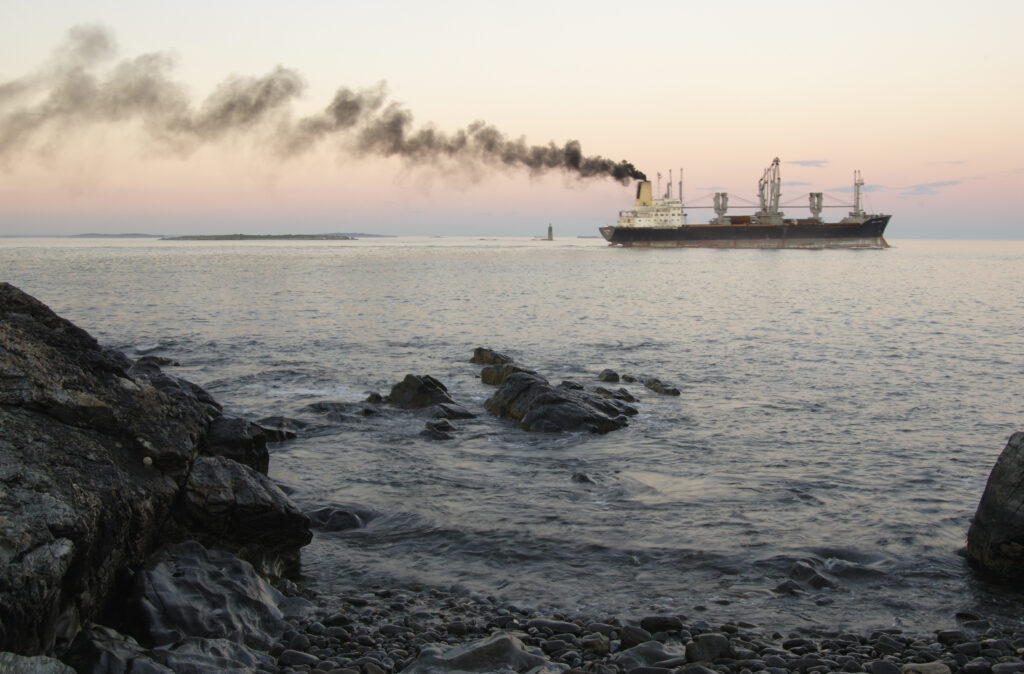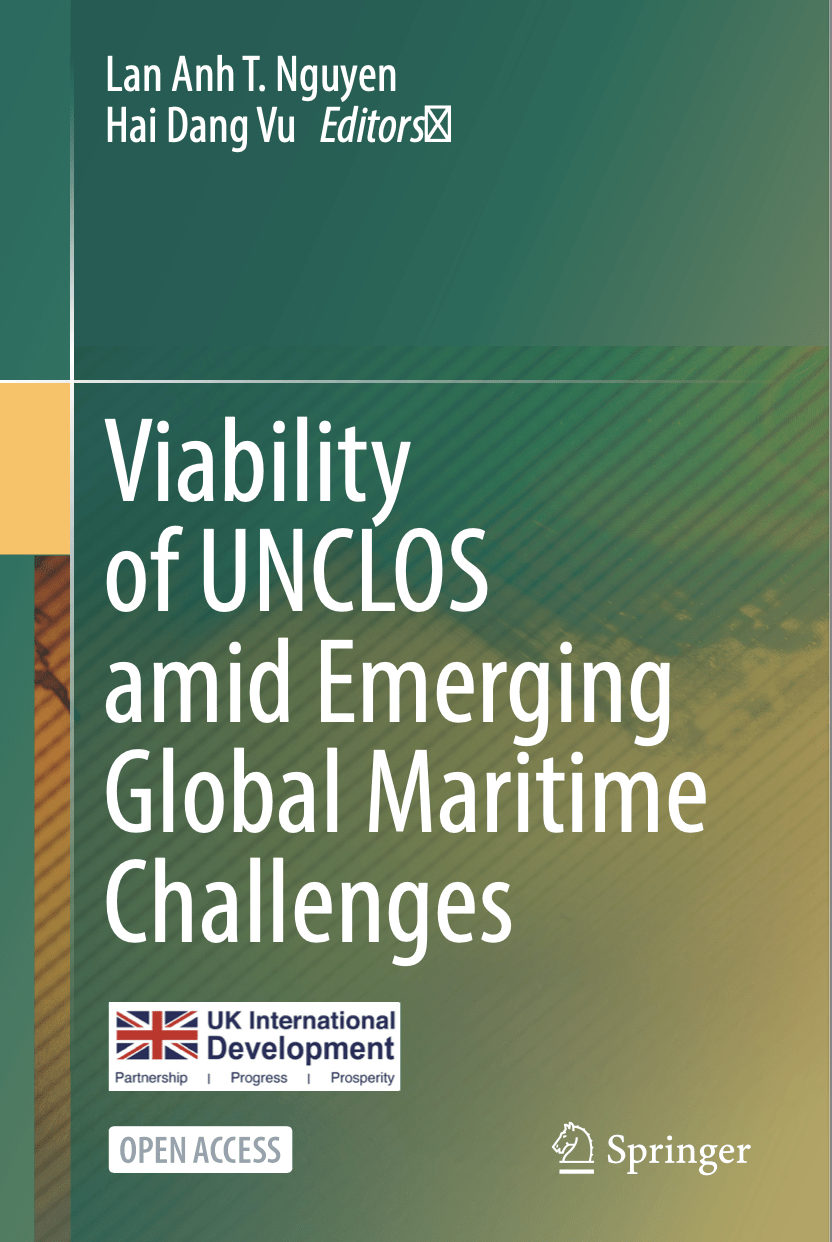How cooperation on climate change, polar research can help thaw US-China relations
Image Source: South China Morning Post

- Energy & Environment, Global Politics, Maritime Studies
- The Antarctic, The Arctic
Following US climate envoy John Kerry’s trip to China and the release of the first US-China joint statement on climate change in more than four years, President Xi Jinping joined the Leaders Summit on Climate on April 21. This marked the first meeting of the Chinese and American leaders since US President Joe Biden came to office in January.
Some might predict few concrete results from these meetings. However, climate change in the context of polar studies, both in the Arctic and Antarctica, opens a window for US-China cooperation when the bilateral relationship has experienced its most difficult and tense phase since the normalisation of ties in 1979.
The Arctic and Antarctic have unique ecosystems where flora and fauna can be studied in largely pristine surroundings. They are key regions for undertaking a range of research that is necessary to understanding global climate systems.
The United States has been a leader in polar science for decades. Though the US has been a comparatively reluctant power in the Arctic, it called for more attention to the impact of climate change and advanced some environmental priorities during its two-year rotating chairmanship of the Arctic Council.
The US is in many ways the most influential country in Antarctica. It operates the only research station at the South Pole, as well as the largest station on the continent, and it continues to support the establishment of marine protected areas in the Southern Ocean.
China’s Arctic policy white paper issued in 2018 emphasises its determination to both protect the environment of the Arctic and address climate change. It has increased its strategic research and development in the Arctic with dozens of scientists in Svalbard as well as more than 200 scientists dedicated to the mission of the Polar Research Institute of China. It has also invested in scientists and technology within its oceanographic research enterprise to better understand the undersea domain.
In Antarctica, China has made significant investments and become an active participant in Antarctic governance. China released its first quasi-white paper on its Antarctic activities in 2017, vowing to increase investment in Antarctic research and safeguard the Antarctic Treaty System.
The Biden administration seems eager to bridge the gap of its leadership role in studying the effects of climate change in the Arctic and Antarctica and the possibilities for adaptation. It was left behind for the past four years because of former president Donald Trump’s policy, which focused more on power politics than climate change and the environment.
Biden began taking executive action immediately following his inauguration, including 31 executive orders. Among these were two executive orders that specifically deal with climate change and the environment.
Biden ordered a moratorium on oil and gas leasing in the Arctic National Wildlife Refuge and a review of the potential environmental impacts of the long debated oil and gas programme in the coastal refuge. He also reinstated the protections for a “climate resilience area” off the coast of Alaska, a key policy during the Obama administration. It is hoped the Biden team can revitalise US policy and seize a welcome opportunity to restore American leadership at the poles on environmental issues and climate change.
Nevertheless, whether climate cooperation between the US and China in the context of the Arctic and Antarctica is achievable depends on how the Biden administration views China’s policy and presence in these regions.
David Balton, senior fellow with the Wilson Centre’s Polar Institute and former ambassador for oceans and fisheries at the US State Department, noted the Biden administration might not view Chinese engagement in the poles the same way as the Trump administration and could be less aggressive in pushing back against China. Overall, the US-China relationship is not a zero-sum game in nature, unlike the US-Soviet relationship during the Cold War.
The US will not be reluctant to cooperate with China, notably with respect to the Southern Ocean. China supported the US-New Zealand Ross Sea marine protected area proposal in 2016, and it signed the Central Arctic Ocean Fisheries Agreement alongside the US in 2018.
The most effective means of implementing a climate agenda is through collaborative institutions. For example, the environment and circumstances of the Antarctic encourage cooperation. At the annual Antarctic Treaty Consultative Meetings, it is often reiterated that sharing stations can lessen the human footprint in Antarctica.
Cooperation already happens at many levels, as it has for decades, and perhaps an increased sharing of facilities could be the next big drive. Access to the continent is expensive and a logistical nightmare. In the case of emergencies, entire research seasons must be quickly discarded to ensure lives are not lost. Cooperative research logistics and facilities can alleviate some of this difficulty.
For example, China’s icebreaker Xuelong provided air evacuation for many of the passengers when the chartered Russian icebreaker Akademik Shokalskiy got trapped in the ice in January 2014. Australia’s icebreaker Aurora Australis and the US cutter Polar Star came to assist after the Xuelong got stuck itself during the rescue.
Based on the existing history of bilateral collaboration on the Arctic and Antarctica, US-China scientific cooperation to tackle climate change in the poles is achievable and can yield meaningful benefits even during this most challenging time between the two countries.
Nong Hong, PhD, is executive director and senior fellow at the Institute for China-America Studies (US). This article originally appeared on the South China Morning Post.





Diverging Currents: U.S.–China Strategies on Deep Seabed Mining and the Future of Ocean Governance